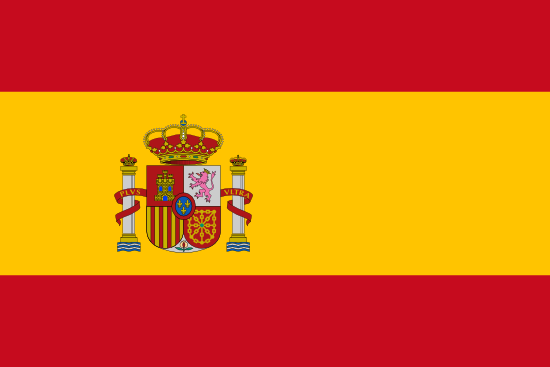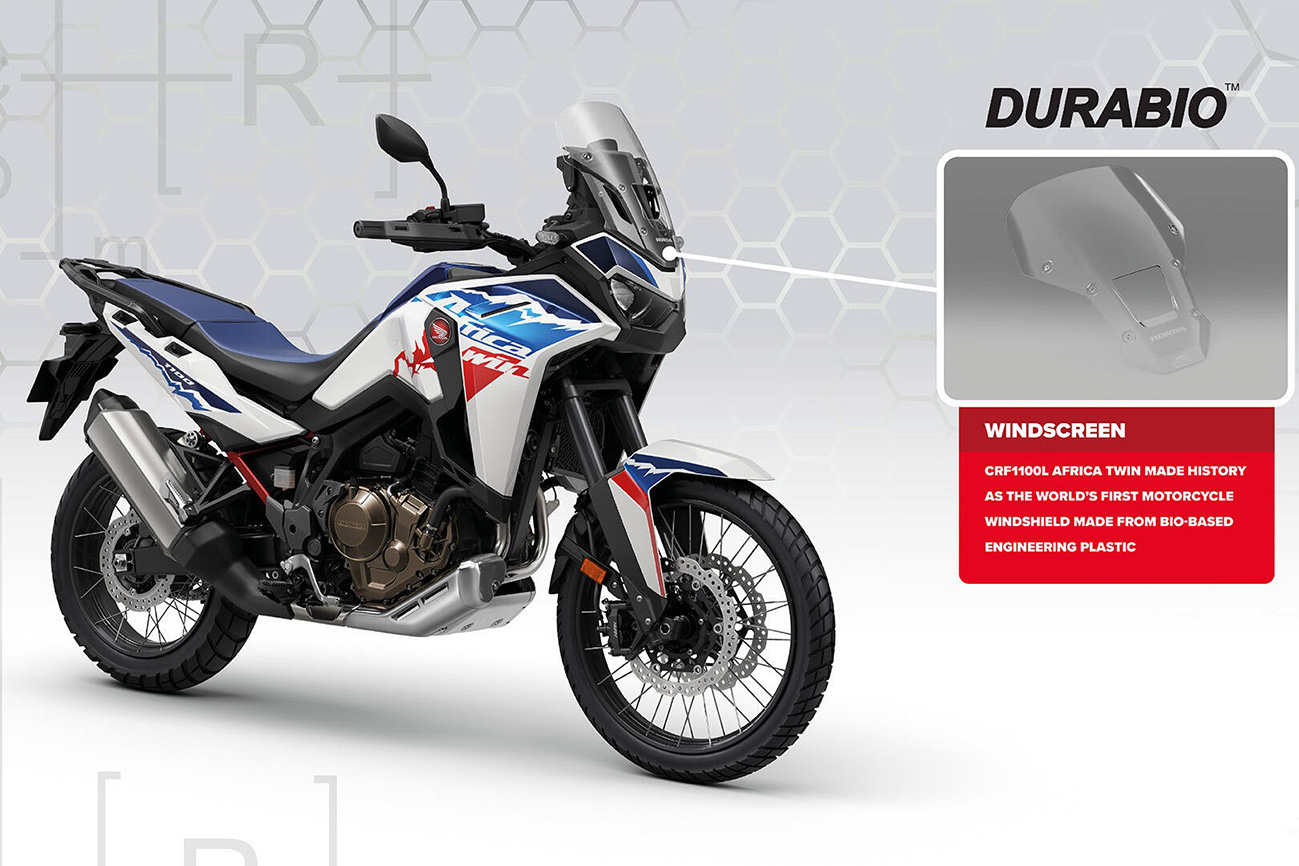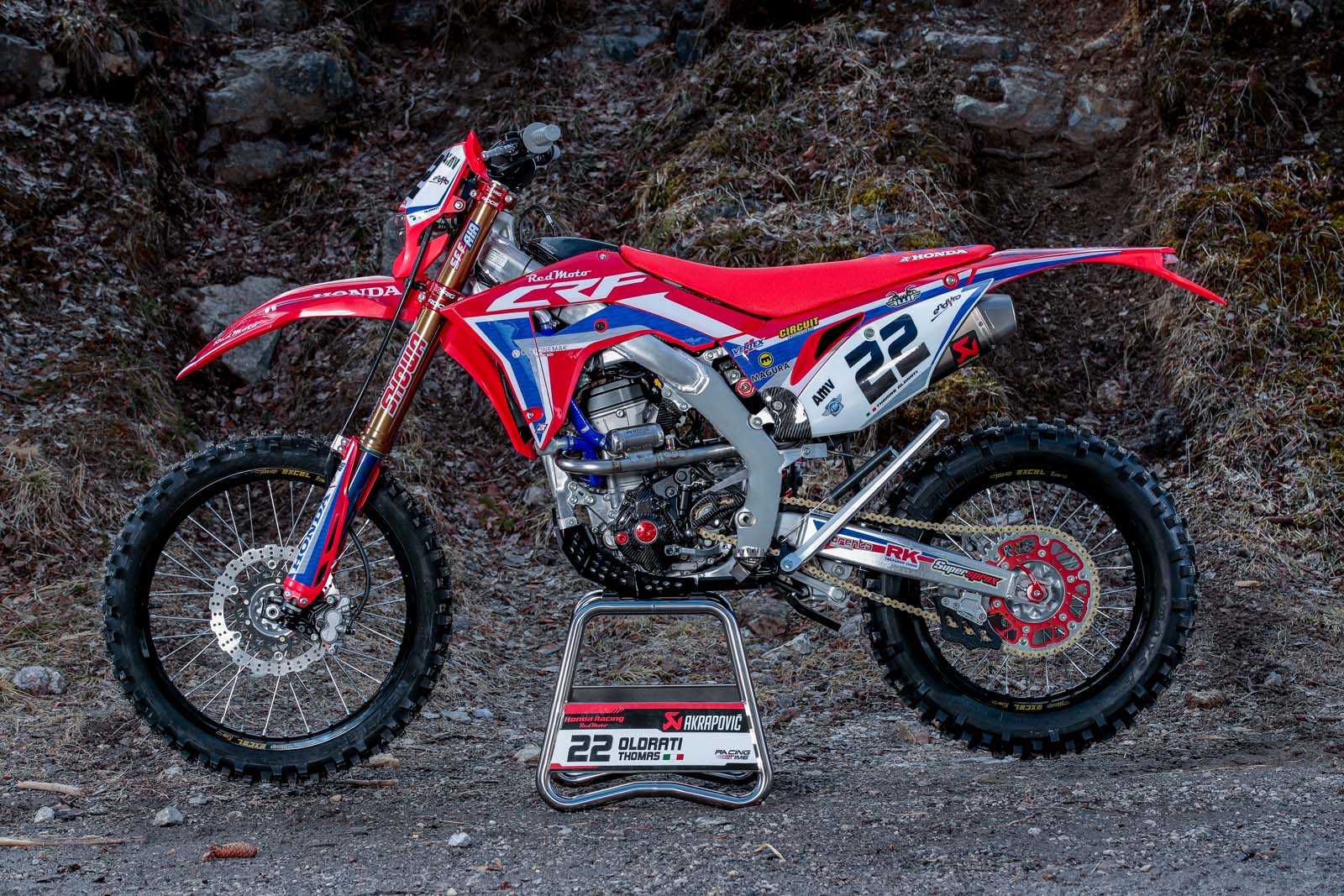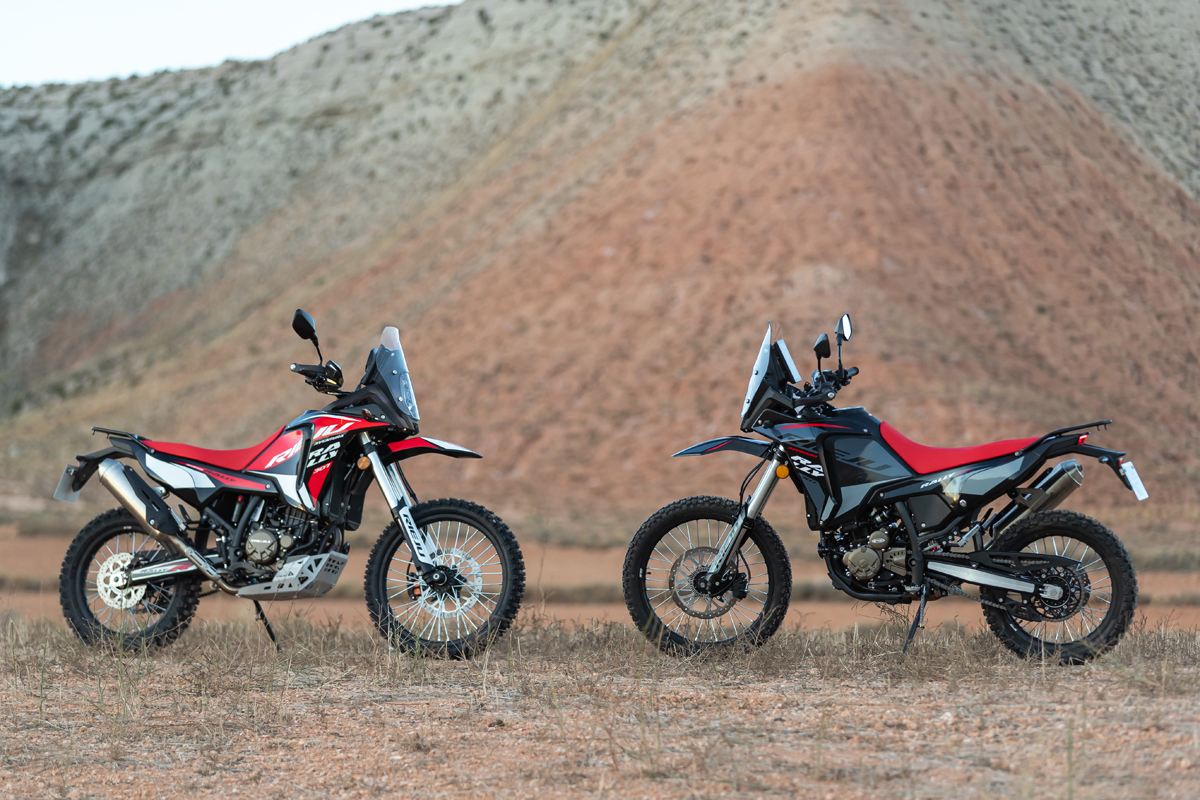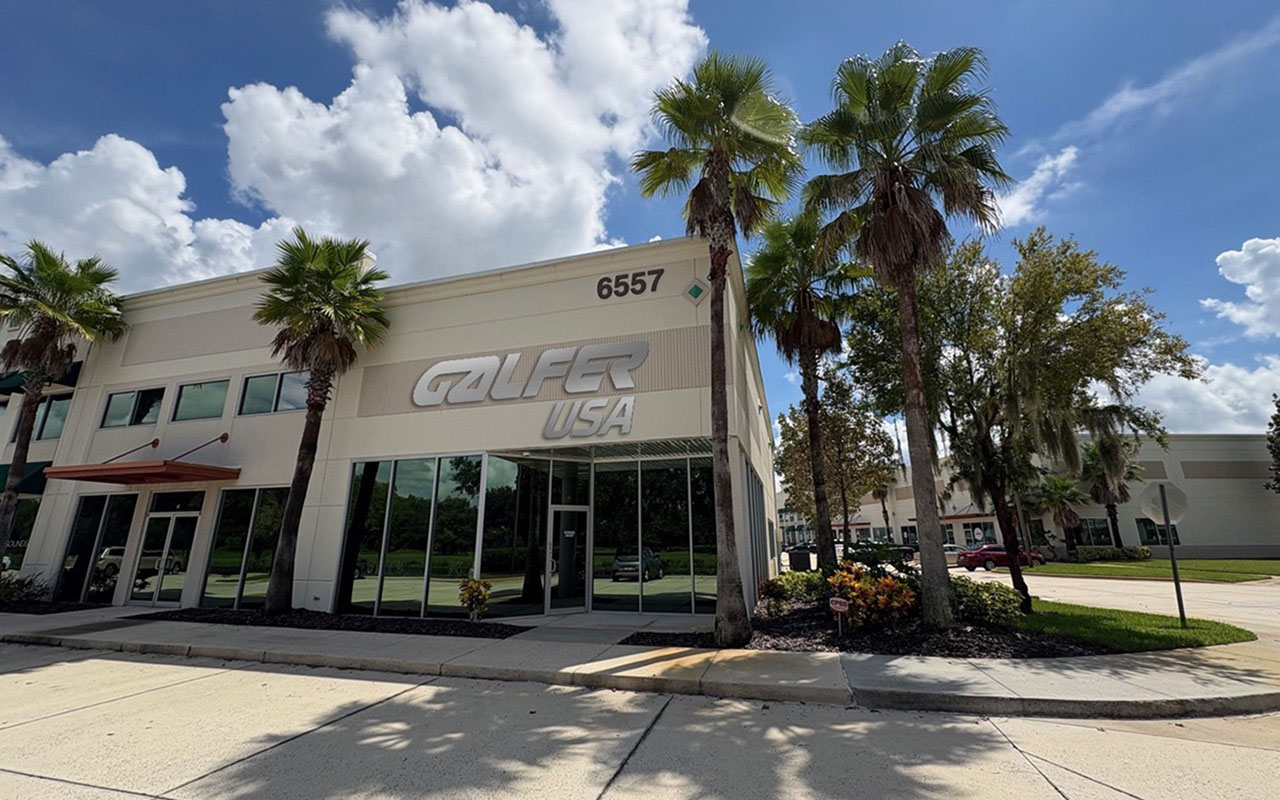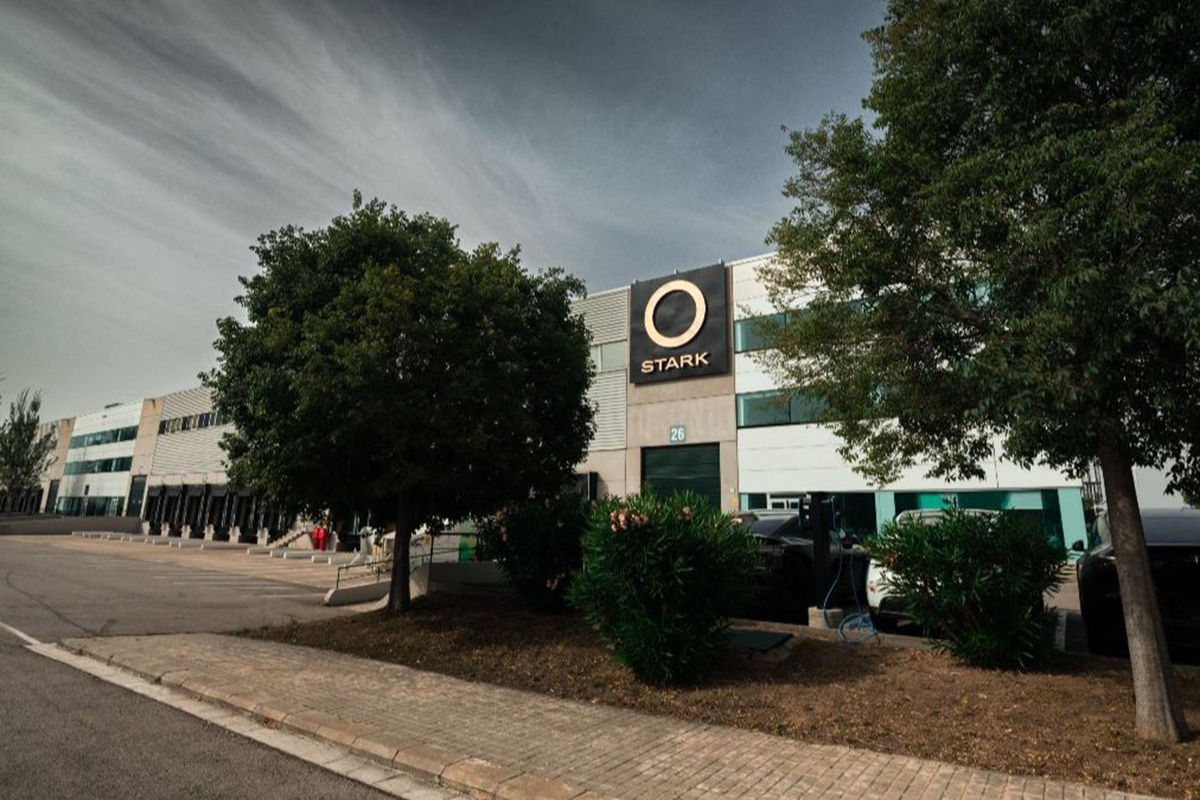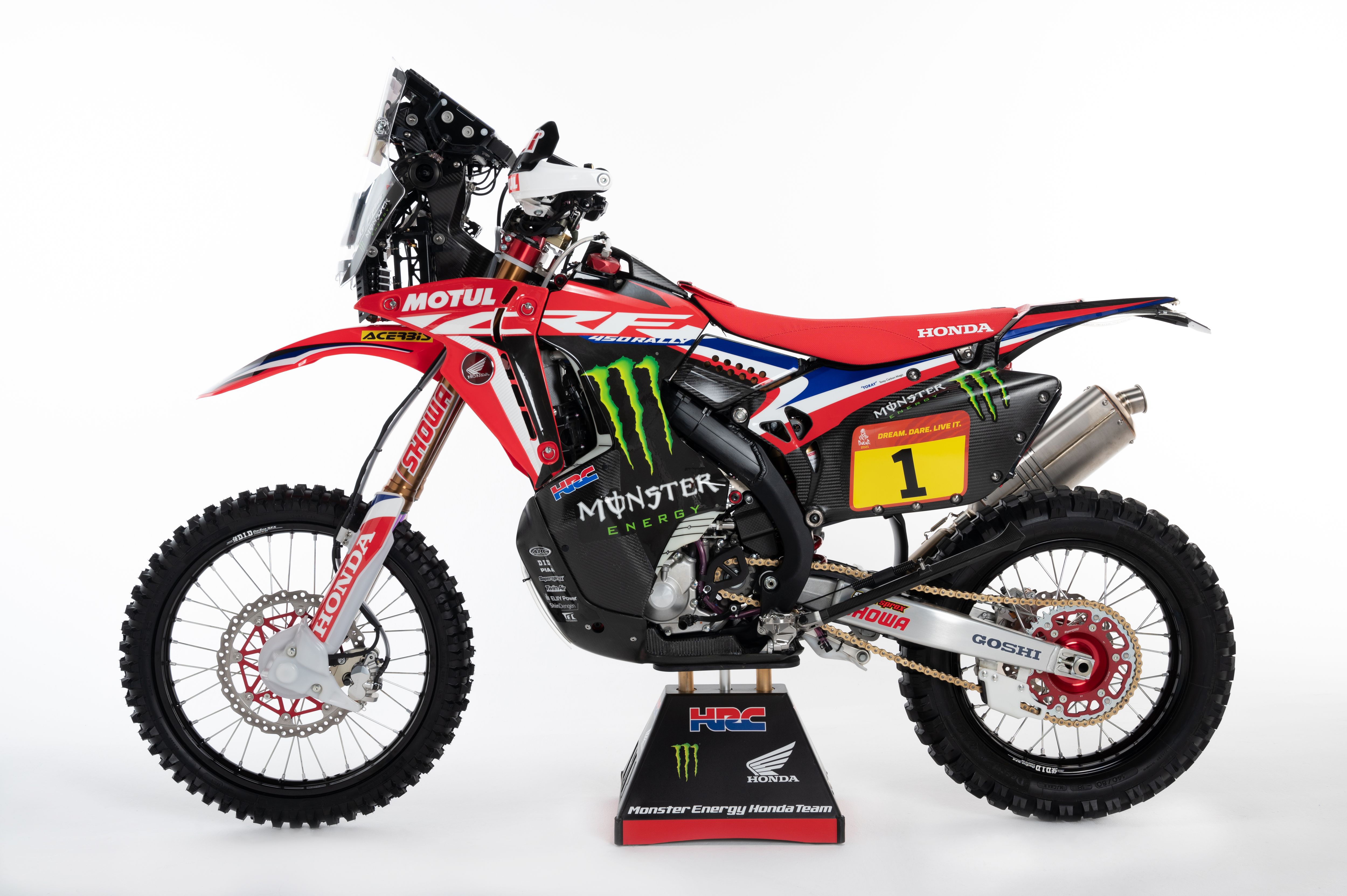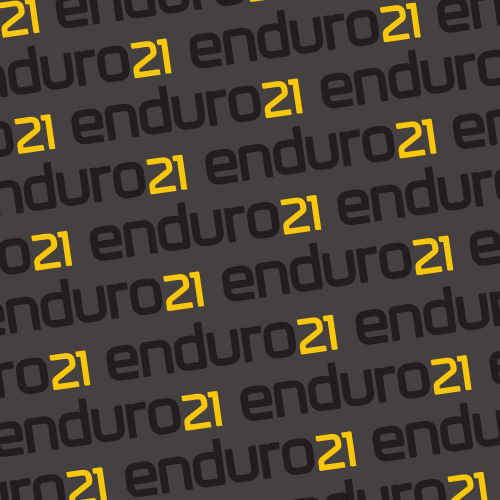Honda Using Recycled Plastic on Adventure Bikes
Honda is using recycled plastic and bio-plastics on its adventure and urban motorcycle range, “pushing forward on sustainability” with models such as X‑ADV, NC750X and CRF1100L Africa Twin.
Motorcycles featuring bodywork parts made from recycled plastics and bio-based materials is fast becoming a reality. Instead of relying solely on virgin resins, the Japanese giant, Honda, is applying recovered plastics and biomass-derived materials across fairings, panels, luggage-box mouldings and windscreens.
Sustainable materials replace traditional plastics
On the X-ADV, for example, 25 separate bodywork parts use either recycled resin or a bio-plastic known as DURABIO, a plant-based polycarbonate that provides strength, weather resistance and optical clarity — in some cases superior to traditional plastics.
Some of these reused plastics come from old car parts, including bumper materials, which are being repurposed for components like seat bases and luggage boxes. Pre-consumer recycled materials (scraps from manufacturing) are also used for various panels and covers.
The windscreen of the CRF1100L Africa Twin uses bio-based DURABIO — the first application of its kind for a motorcycle. Honda says this reduces reliance on fossil-based resins and is part of broader efforts to create “circular design” motorcycles.
Sustainability meets functionality
These recycled and bio-derived materials are not simply an environmental statement. They are engineered to meet the performance, durability and weather-resistance requirements typical for adventure and commuter motorcycles — in some cases offering higher scratch resistance and durability than standard polycarbonates.
Honda’s broader recycling and resource-use strategy extends beyond plastics. The company is also developing chemical-sorting technology to reclaim high-purity resins from waste plastics — a system that could recycle plastics from end-of-life vehicles and reintroduce them as usable material for new bikes by around 2029.
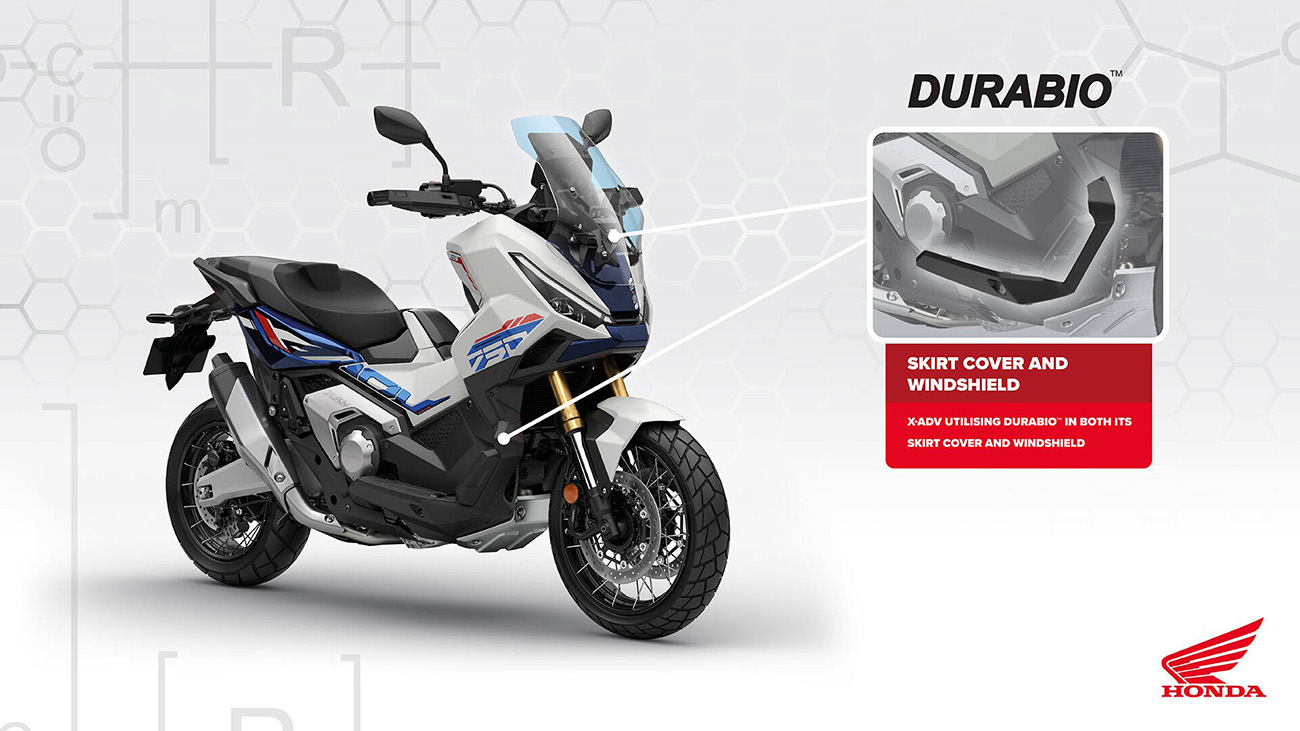
What this means for riders
Riders opting for the X-ADV, Africa Twin or NC750X now benefit from more sustainable production without compromising quality. Paint-free body panels (thanks to bio-plastic colour and UV resistance) may reduce weight and production emissions, while recycled structural components contribute to Honda’s long-term circular-economy goals.
For those focused on the environment — without sacrificing practicality or strength — these models mark a positive shift. And for adventure riders looking at long-term durability, the combination of recycled plastics and proven Honda build quality offers a strong argument.
More information: www.global.honda/en + www.honda.co.uk


